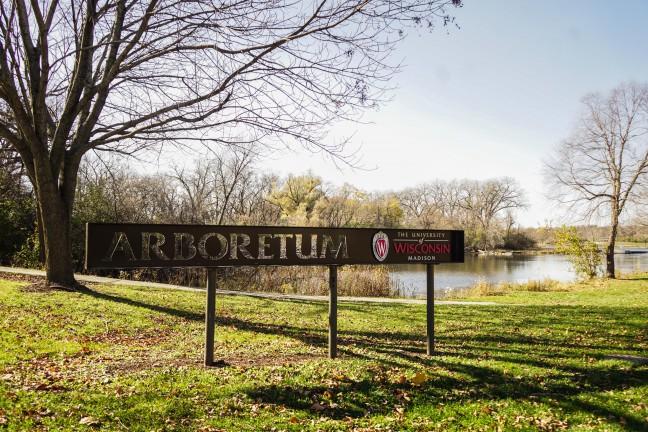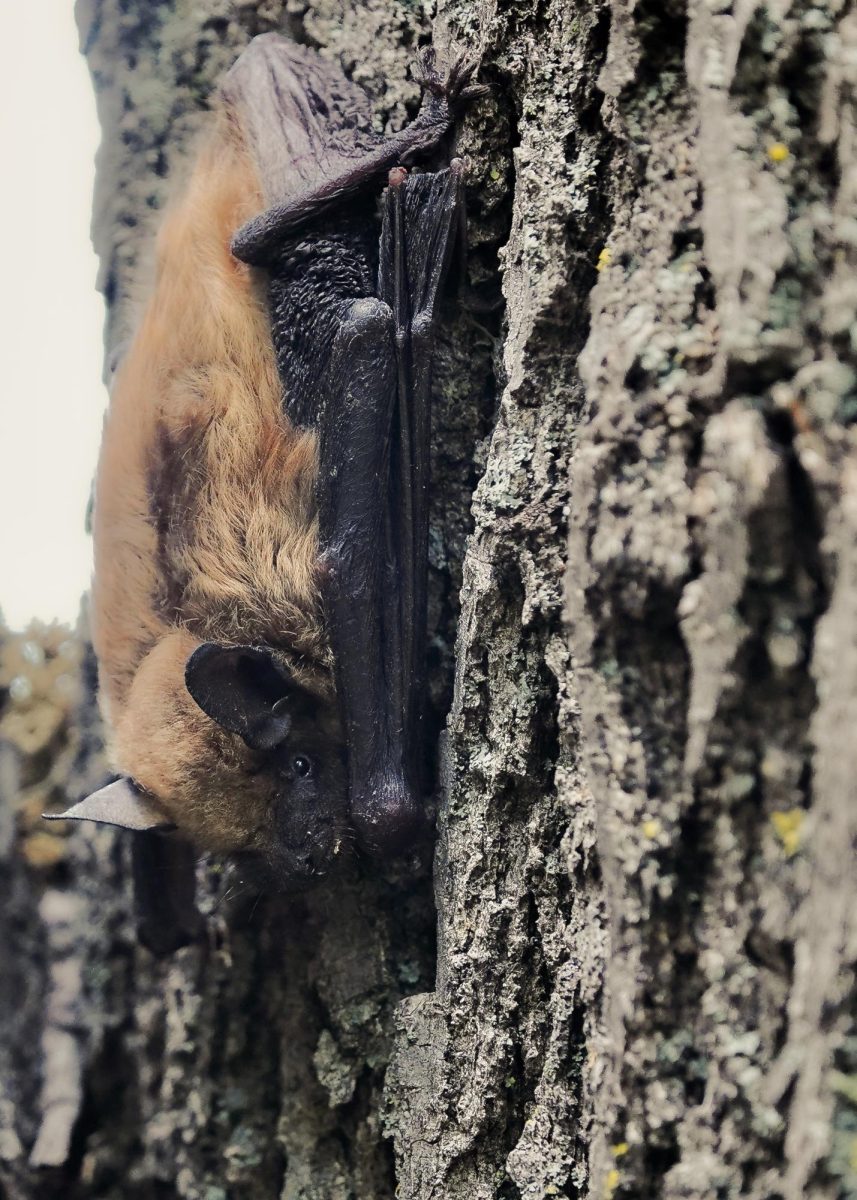The intersection of equitable ecosystems and social justice is one of growing importance as the climate crisis worsens. Jalonne L. White-Newsome, the CEO and founder of Empowering A Green Environment and Economy, understands the importance of these intersections as an avid advocate for environmental justice.
White-Newsome brought her perspective to the University of Wisconsin Arboretum’s Virtual Lecture — Building an Ecosystem of Equity on Tuesday evening.
“I’ve worked on equity and justice issues for 20 plus years and this conversation tonight has caused me to think broadly,” White-Newsome said, “because I will tell you, truth be known, I’ve really never used the word ecosystem a lot as related to justice and equity, but when you think about it, there are people who live off the land who are disproportionately impacted when our ecosystems are impacted.”
Due to the relationship between the ecosystem and humans, White-Newsome said it’s important to protect and aid those who have been disproportionately affected by substandard ecosystems.
UW spearheads collaborative research project on environmentally sustainable bioproducts
The 17 Principles of Environmental Justice is a document written in 1991 at the National People of Color Environmental Leadership Summit. The document aimed to create a more equitable process in regards to maintaining ecosystems and managing the impacts they have on low-income communities and people of color.
These 17 principles spell out numerous demands, including a call for all people to be involved in environmental policy decisions and recognition of protection from any potential environmental hazards, including toxic waste or contaminated food and water.
White-Newsome made her education, philanthropy and research findings clear — the current environmental crisis is emergent and causes significantly more damage to communities of color due to a lack of resources, funding and governmental attention.
Growing up in Detroit, White-Newsome said she experienced first-hand the negative implications of redlining and ultimately, a poor ecosystem. With limited access to green spaces, temperatures were often much higher in these environments. These higher temperatures led to dangerous health impacts, especially for older populations.
White-Newsome said the poorly built infrastructure and faultily equipped ecosystems she experienced in Detroit allowed for devastating floods to swiftly destroy homes and kill people caught in them.
Meet the Indigenous student org improving First Nations’ representation in STEM
While there is still a lot more work to be done in the environmental justice arena, White-Newsome said there has been increased action to reconcile some of the damage.
For example, the Environmental Protection Agency has come out with an Environmental Justice Index, a quantifiable method to measure and compare race, income and environmental risk. This is an important beginning step in addressing the vast inequities that exist in regards to health impacts from ecosystems, White-Newsome said.
White-Newsome said even with this data, wildly inequitable ecosystems still persist. The ways to address this, she said, are through policy changes, prioritization of certain groups, practicing asking questions to empower change and engaging with the right people.














